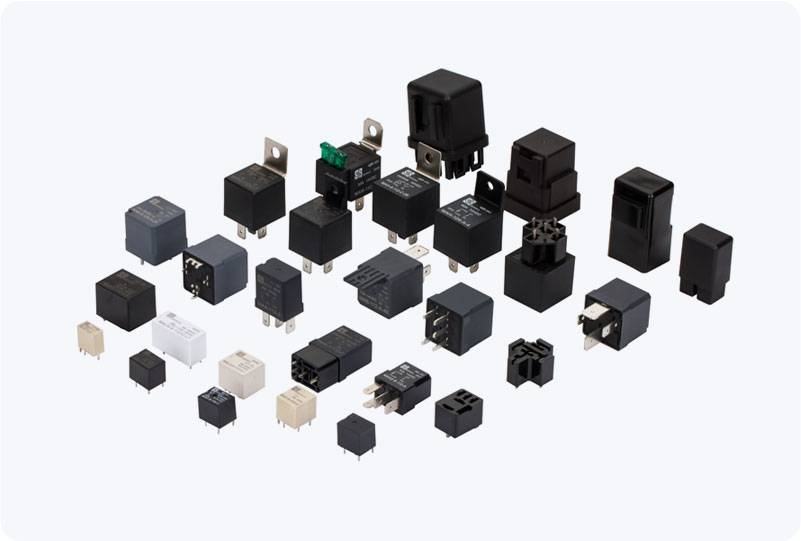understanding safety relay sil 3: ensuring high-level functional safety in industrial systems
Release time:2025-04-28 04:37:02
In today’s industrial world, ensuring the safety of systems and operations is paramount. The increasing complexity of automated systems, machines, and processes necessitates a robust approach to minimizing risks associated with equipment failure and operational hazards. One of the key components in this safety architecture is the Safety Relay, specifically Safety Relay SIL 3 (Safety Integrity Level 3). In this article, we will explore what Safety Relay SIL 3 is, how it functions, and its importance in achieving high levels of functional safety in critical industrial systems.

What is a Safety Relay SIL 3?
A safety relay is an electrical component used in industrial applications to monitor and control safety-critical circuits. It acts as an intermediary between safety devices (such as emergency stop buttons, safety sensors, and light curtains) and the control system. Its primary function is to ensure that safety actions are taken in the event of a hazardous situation, such as shutting down a machine or halting a process, thereby preventing accidents and protecting both people and equipment.
SIL 3 is a rating defined in the international standard IEC 61508, which sets guidelines for functional safety in electrical, electronic, and programmable electronic systems. SIL stands for "Safety Integrity Level," and it represents the level of risk reduction provided by a safety function. The higher the SIL level, the more reliable and fault-tolerant the system is in reducing risk. SIL 3 denotes a high level of safety, meaning the system is designed to ensure that the likelihood of a dangerous failure occurring is extremely low, typically less than 1 in 1,000,000 per year.

